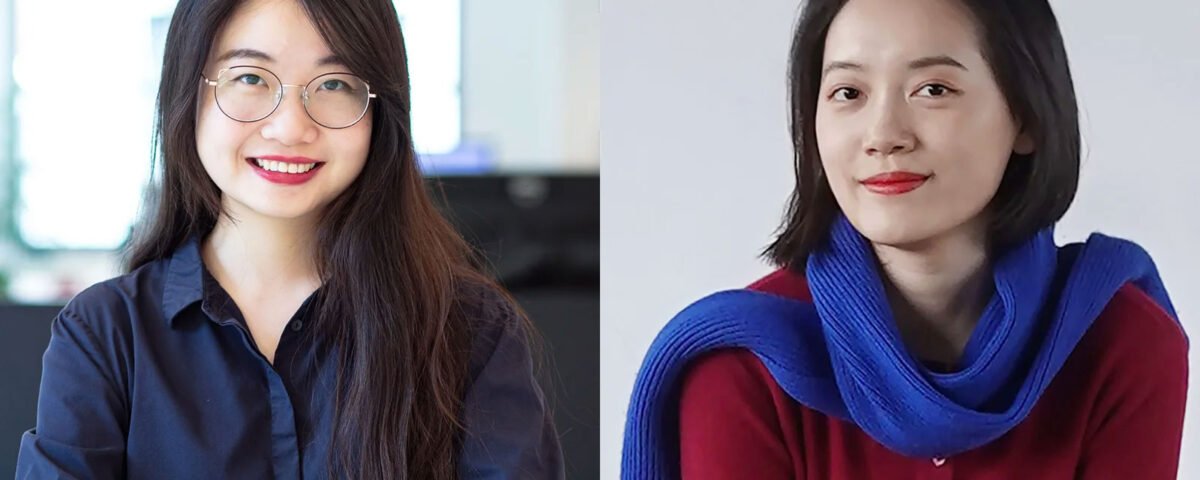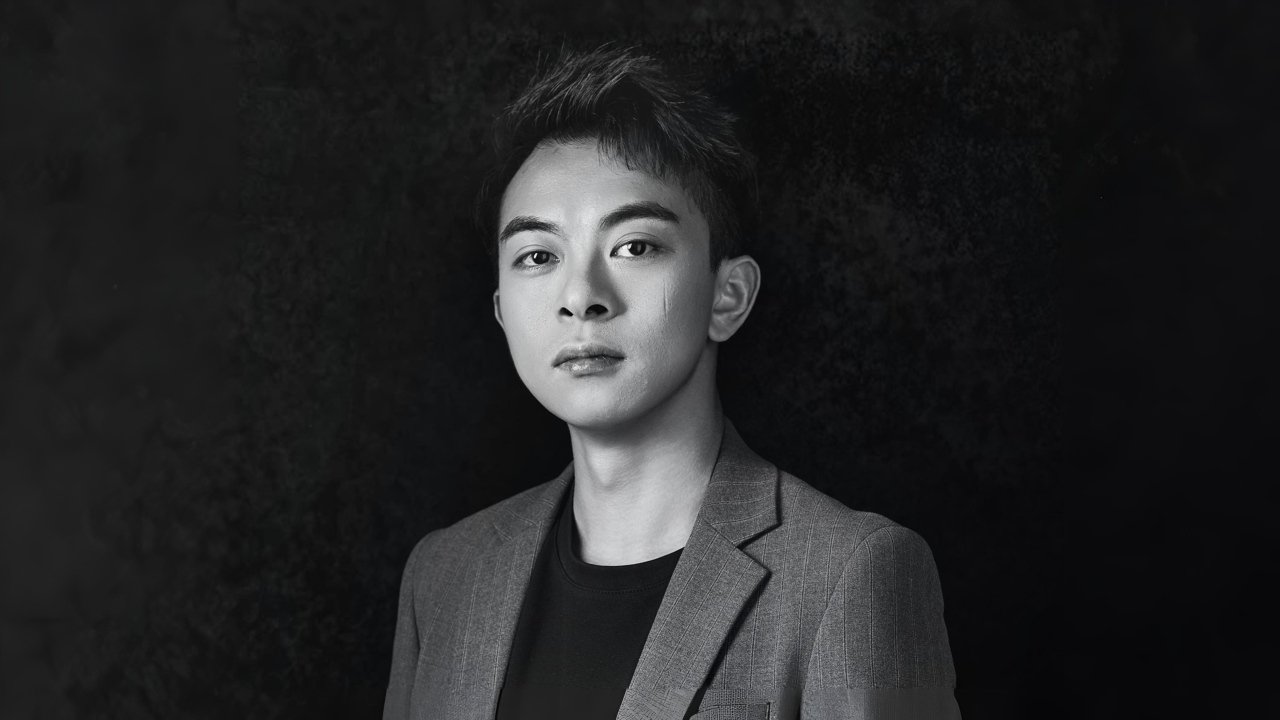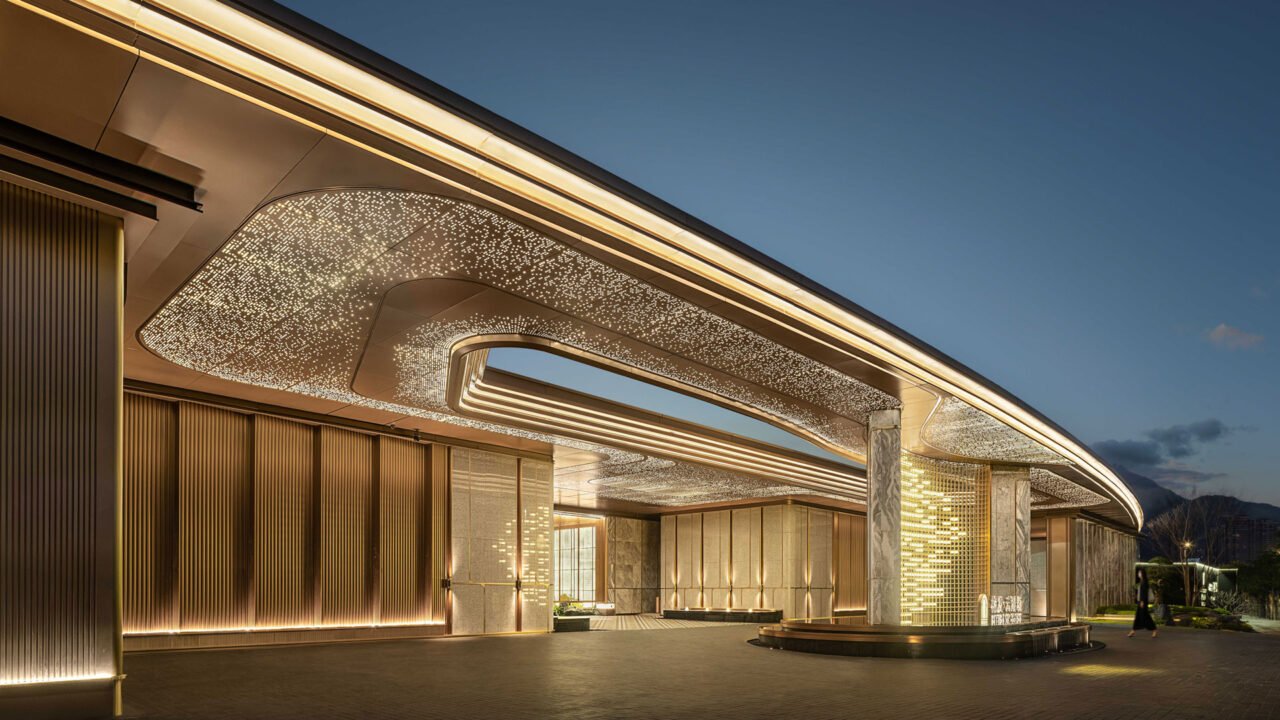
An Interview Through Thoughtful Motion Work of Galina Tretyak
July 8, 2025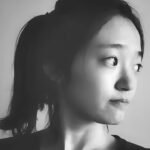
From Inquiry to Impact: Mengxi Liang Shares the Power of Experimental Design
July 8, 2025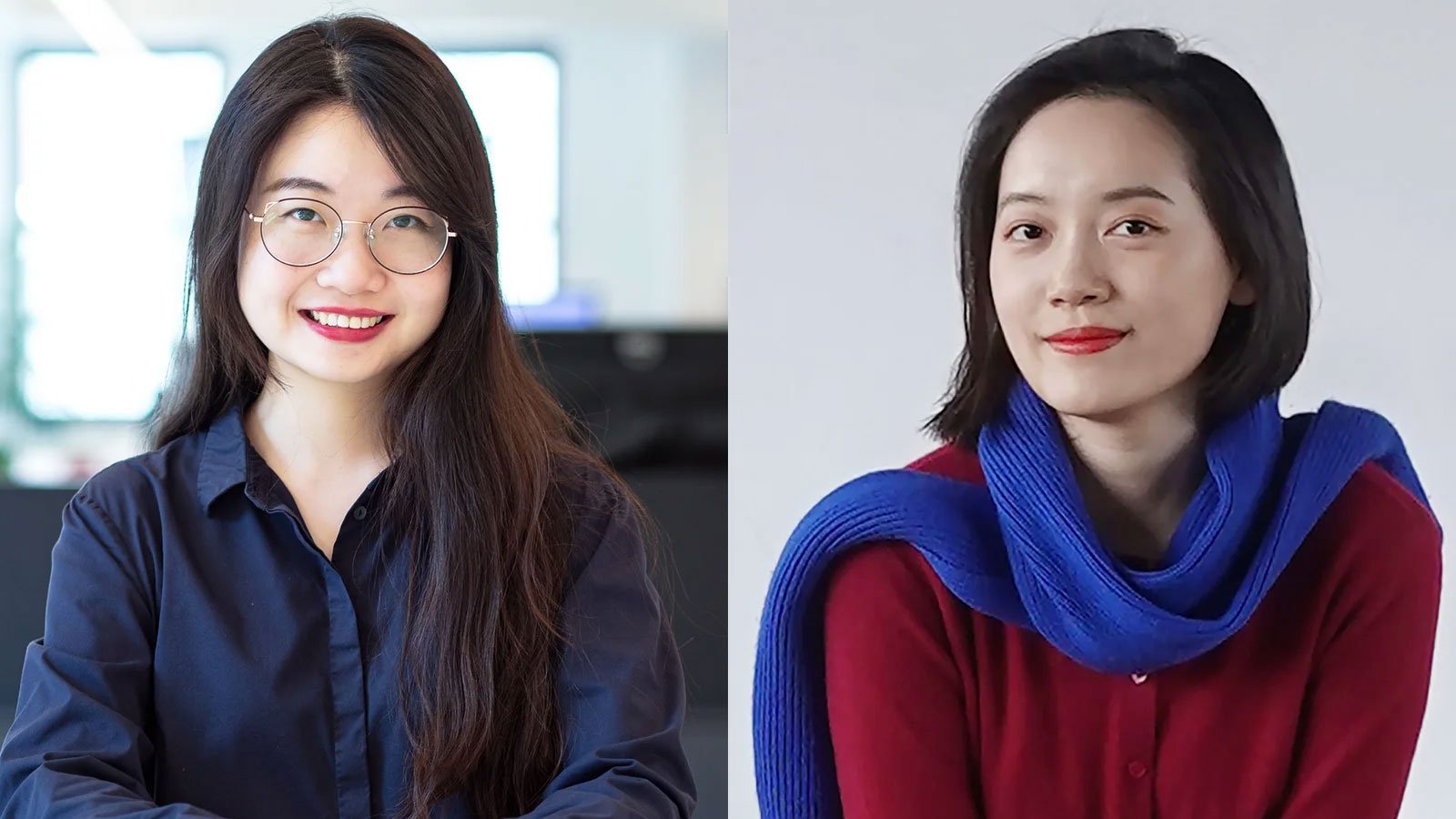
Yujin Cao & Liwei Shen | MUSE Design Awards
Yujin Cao & Liwei Shen
Yujin Cao is an architect and urban designer who integrates art and challenges conventions across scales. Liwei Shen, a landscape designer at Sasaki, focuses on ecological justice and cultural representation, connecting environmental systems with social equity. Together, they explore interdisciplinary urbanism with a commitment to impact and innovation.
Yujin & Liwei: Thank you! We are Yujin Cao and Liwei Shen—designers who share a passion for interdisciplinary collaboration and transformative urbanism.
Yujin: I'm an architect, urban designer, and artist whose work bridges scales and disciplines. I hold a Master of Architecture in Urban Design from Harvard GSD and have practiced across Asia and North America. My design journey is driven by a desire to challenge conventions, explore systematic thinking, and integrate art into the built environment.
Liwei: I'm a landscape designer at Sasaki with a Master of Landscape Architecture from Harvard GSD and a strong focus on ecological justice and cultural representation. My work engages deeply with the intersection of environmental systems and social equity. As the 2022 LAF Olmsted Scholar, I believe landscape architecture should be concerned with a vision for global dynamics and risks as well as design precision in local cultural representation.
Yujin & Liwei: We both entered design with a shared curiosity about how spatial systems shape human experience and a deep belief that design must be both visionary and responsive. Our collaboration allows us to bridge architecture and landscape, strategy and detail, imagination and implementation.
Being recognized by the MUSE Design Awards is incredibly meaningful to us—not only as validation of our collaborative process, but also as recognition of the values embedded in City Spine.
This project reflects our belief in equitable urbanism and design that addresses ecology, mobility, and community identity in an integrated way. It’s an honor to be part of a platform that elevates innovative, future-forward design thinking.
The award has opened exciting opportunities to share our ideas with a broader audience. It has increased visibility for interdisciplinary approaches and sparked conversations around ecological justice and the role of infrastructure in creating more inclusive urban environments.
It has also affirmed the importance of collaborative authorship—something we both deeply value in our respective practices.
Experimentation is central to how we work together. We constantly challenge each other to go beyond disciplinary assumptions—whether integrating kinetic energy into public space or reshaping infrastructure into social space.
In City Spine, we experimented by combining transit architecture with landscape systems—using V-shaped structures to house solar-powered terminals, while layering green roofs and forested plazas to build ecological corridors.
These experimental gestures allowed us to push technical boundaries while staying grounded in real-world impacts.
One unexpected source of inspiration came from observing informal transit hubs in cities where the edges between infrastructure, commerce, and social gathering blur. These spaces, though chaotic, often embody resilience and adaptability that formal planning overlooks.
We used this as a lens to rethink what a train station could be—not just a point of transfer, but a layered urban spine of daily life.
Design is not linear, nor is it purely visual. It’s a process of negotiation, coordination, and implementation—balancing competing priorities, uncertain futures, and diverse voices.
Every line or form you see is backed by hours of research, testing, and iteration. We wish more people saw design not as a product, but as a long-term commitment to inquiry and care.
We see alignment with clients as a co-creative process. Rather than treating it as a compromise, we try to understand the deeper motivations behind client expectations and find ways to push the brief further.
Grounding our proposals in research and values often builds trust and opens space for more ambitious design conversations.
One major challenge was integrating large-scale mobility systems with sensitive cultural and ecological contexts. Balancing circulation efficiency, environmental performance, and public space quality is never easy.
We addressed these challenges through iterative mapping, sectional studies, and stakeholder research—testing how each layer of the design could serve multiple purposes. Our interdisciplinary process helped bridge performance and poetics.
We both find energy in stepping outside our primary discipline—whether walking in nature, reading speculative fiction, or experimenting with photography and film.
Conversations also help; we often challenge each other’s assumptions, and those moments of friction are where new ideas emerge. Shifting scale or medium often unlocks new perspectives.
Our designs are grounded in a shared set of values: empathy, equity, environmental responsibility, and cultural sensitivity. These aren’t just abstract ideals—they shape how we frame questions, who we center in our narratives, and how we measure impact.
We believe that design must be more than an aesthetic exercise; it must actively contribute to a more just and sustainable world. In City Spine, for example, we didn’t just design a transit hub—we reimagined it as a civic connector, ecological corridor, and catalyst for economic and cultural inclusion.
The project integrates renewable energy systems, pedestrian-first planning, and vibrant public spaces to enhance urban livability and resilience. We embedded social justice into the structure of the design through multimodal access, inclusive programming, and climate-responsive systems.
We aim to create spaces that are not only beautiful and functional, but truly beneficial to the communities they serve.
Success isn’t just about aesthetics or recognition—it’s about building your own compass. Stay curious, stay humble, and stay committed to the questions that keep you up at night.
Seek collaborators who both challenge and support you. And remember: the most powerful designs often emerge from collective voices, not individual genius.
We would love to collaborate with Jane Jacobs—not just as a designer, but as a thinker, activist, and urban critic. Her insistence on human-scale urbanism and community agency still resonates deeply with us.
We’d be fascinated to see how her principles could be applied to today’s challenges—especially in the context of climate adaptation, mobility, and digital infrastructure.
“How do you embed justice into form?”
Justice isn’t always visible, but it’s embedded in how spaces function and who they serve.
In our work, justice appears in accessible pathways, inclusive public spaces, resilient ecologies, and flexible systems that adapt over time. Design is not neutral—so we constantly ask ourselves: who benefits, who’s excluded, and how can the form serve more?
Yujin Cao & Liwei Shen
Yujin Cao is an architect and urban designer who integrates art and challenges conventions across scales. Liwei Shen, a landscape designer at Sasaki, focuses on ecological justice and cultural representation, connecting environmental systems with social equity. Together, they explore interdisciplinary urbanism with a commitment to impact and innovation.
Explore the journey of Minjun Liao, the Gold Winner of the 2025 MUSE Design Awards. She’s an interior designer who creates warm, meaningful spaces by understanding how people connect with their surroundings to inspire comfort and security.

